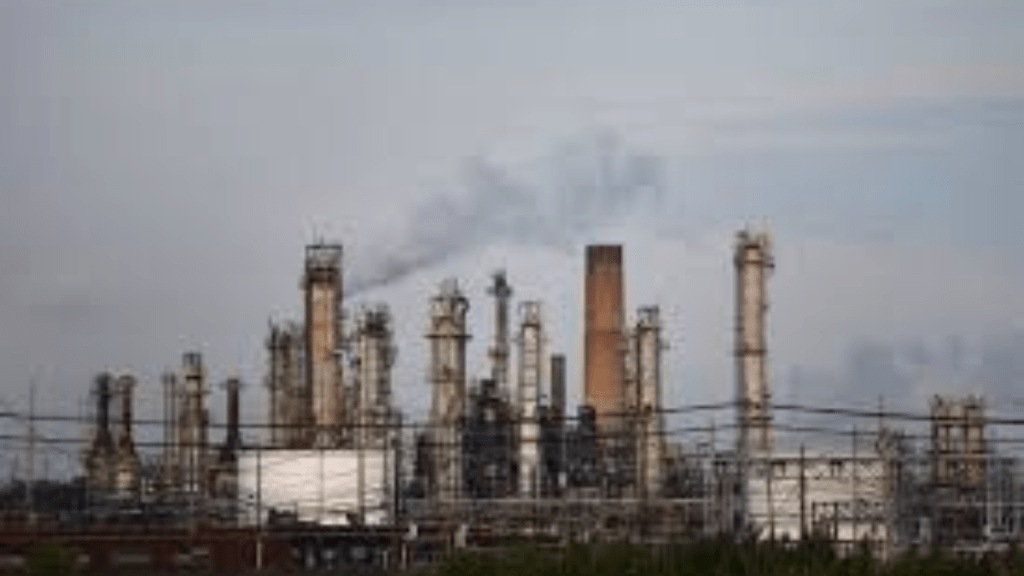By- Mr. Deepak Tandon
India, in alignment with the global efforts to combat climate change, has committed to achieving Net Zero emissions by 2070, with a specific focus on reducing the emissions intensity of its GDP by 45% by 2030 from 2005 level and attaining 50% cumulative electric power capacity from non-fossil fuel sources. Global accords increasingly underline the need for urgent actions to be taken to address climate change with access to financing a key pillar of action. Recently concluded COP 28 in Dubai first time acknowledged that fossil fuels were the cause of the warming climate. The final decision text called for the “transitioning away from fossil fuels in energy systems, in a just, orderly and equitable manner” to achieve net-zero emissions by 2050. Many countries have signed the pledge to invest in carbon reduction technologies, e.g. tripling the global renewable energy capacity, boosting energy efficiency and investing in carbon capture.
The Oil and Gas industry, a key player in India’s economy, is pivotal in this transition. Recognizing the urgency, ONGC, a major player in the Indian oil and gas sector, has set an ambitious goal to achieve Net Zero Emissions for Scope 1 and Scope 2 categories by 2038. The industry’s participation is crucial for India’s journey towards a more diverse and sustainable energy mix, reducing reliance on traditional fossil fuels. ONGC is also a signatory of OGDC at COP28. By signing OGDC, ONGC has committed to initiate steps to achieve net-zero operations by 2050 at the latest, and ending routine flaring by 2030, and near-zero upstream methane emissions. According to ‘Global Methane Tracker 2023’ by IEA, around 40% of oil and gas emissions could be reduced at no net cost using existing technologies.
Technology has a crucial role to play in driving net zero transition
The technologies and measures to prevent methane emissions from oil and gas operations are well known and have been deployed in multiple locations around the world. Key examples include Leak detection and repair (LDAR) campaigns, installing emissions control devices, and replacing components that emit methane in their normal operations
Current techniques often involve an on-the-ground inspection with optical gas imaging cameras, but new and emerging technologies – including continuous monitoring sensors, aircraft, drones and satellites – can significantly reduce the cost of detecting fugitive sources when combined with on-site surveys.
In view of ONGC’s commitment to achieve Zero Routine flaring by 2030 and near- zero upstream methane emissions; ONGC has adopted top down approach to detect Methane concentration in atmosphere above its area of operation using TROPOMI (Tropospheric Monitoring Instrument) Satellite data technology through its remote sensing division of its institute at Dehradun. Further ONGC is also conducting Drone Surveys using Total Energies Patented technology AUSEA (Airborne Ultralight Spectrometer for Environment Assessment) to detect particular area in an installation where methane emissions are occurring. Based on the hotspot identified through Remote Sensing and Arial surveys, ground surveys are conducted to detect specific leaks in pipeline and other instruments which are the source of fugitive methane emissions.
ONGC has also adopted a number of measures towards abatement of preventable Methane Emissions:
- Implementation of ‘Directed Inspection and Maintenance program (DI&M)’ which includes repair of pipeline leaks and replacement of valves, valve packing and rod packing seals in reciprocating compressors and use of capital-intensive technological interventions.
- Implementation of Flare Gas Recovery Project in ONGC operations in West Coast of India. These projects are registered as CDM (Clean Development Mechanism) projects under UNFCCC (United Nations Framework Convention on Climate Change).
- Since 2007, ONGC has prevented approximately 20.48 MMSCM of methane gas leakages into the atmosphere, with emission reduction of approx. 306,250 TCO2e through this programme
By use of these advance technologies, since 2007, ONGC has prevented approximately 20.48 MMSCM of methane gas leakages into the atmosphere, with emission reduction of approx. 306,250 tCO2e, which otherwise were hard to detect. This has resulted in saving of natural gas, increasing operational efficiency, enhancing workplace safety.
(Author is Mr. Deepak Tandon, Executive Director- Carbon Management and Sustainability Group, ONGC)
(Disclaimer: Views expressed are personal and do not reflect the official position or policy of Financial Express Online. Reproducing this content without permission is prohibited.)
